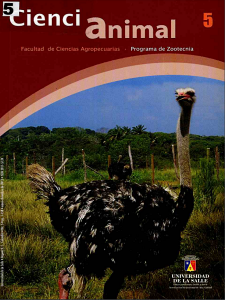Abstract
The pirarucu (Arapaima gigas) is considered a rare natural species due to its physical characteristics; it is the largest scaled freshwater fish on Earth, endemic from the Amazon basin and its equatorial climate and abundant rain. It is a carnivore air-breather and has a bony tongue, and although data reveals a low participation in continental capture, the pirarucu is reported as vulnerable in the Red Book of Freshwater Fish in Colombia, which shows its ecologic vulnerability due to the high mortality and capture of young fish that have not reached the minimum size to be captured. The task of investigating its reproduction in captivity has interested the governments of Brazil and Peru; however, in Colombia there are still a few management and production protocols, and the population does not understand the species’ economic, social and ecologic potential. Therefore, this article presents the outcome of an experimental exercise of semi-natural and semi-intensive production, together with an economic analysis and a sustainability forecast.Downloads
Download data is not yet available.



